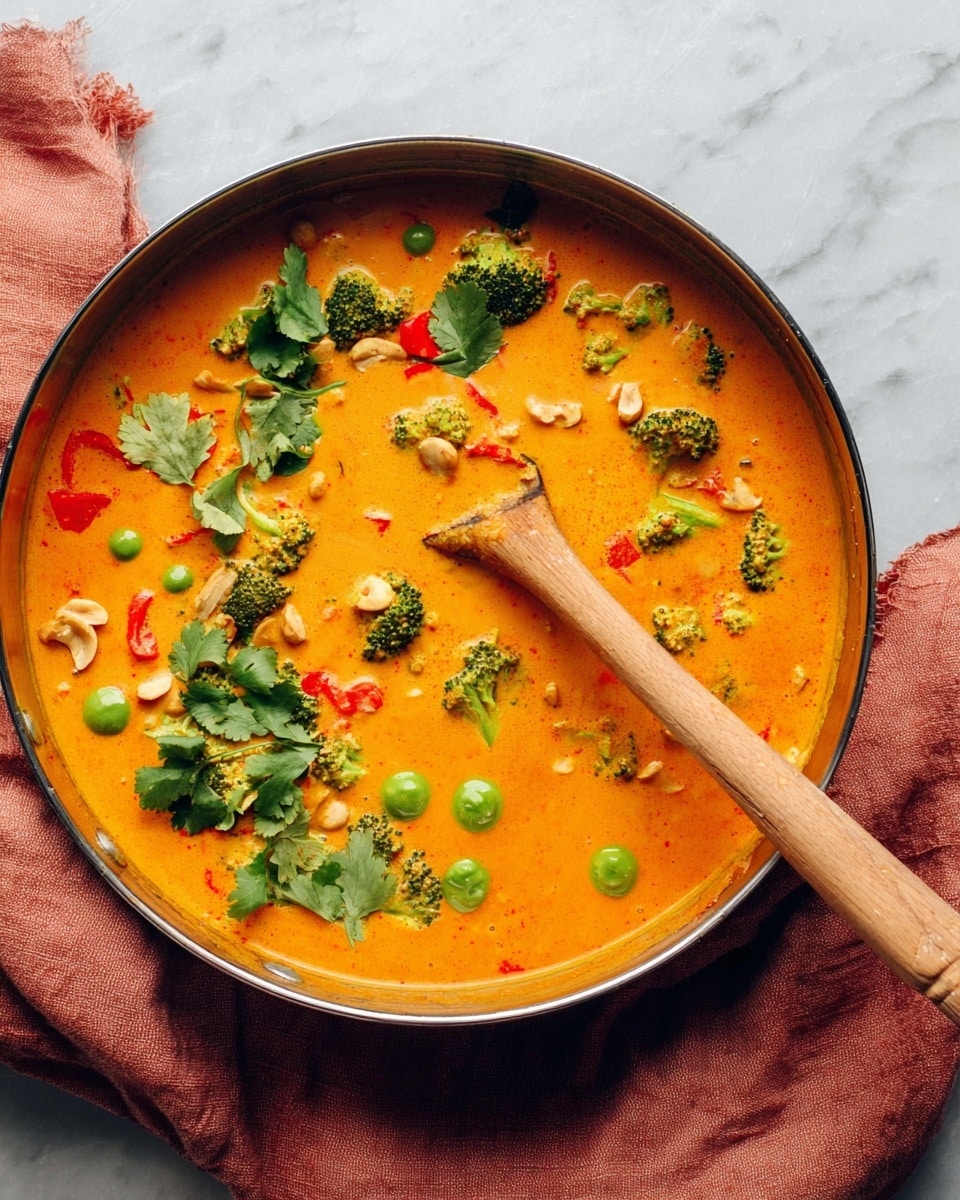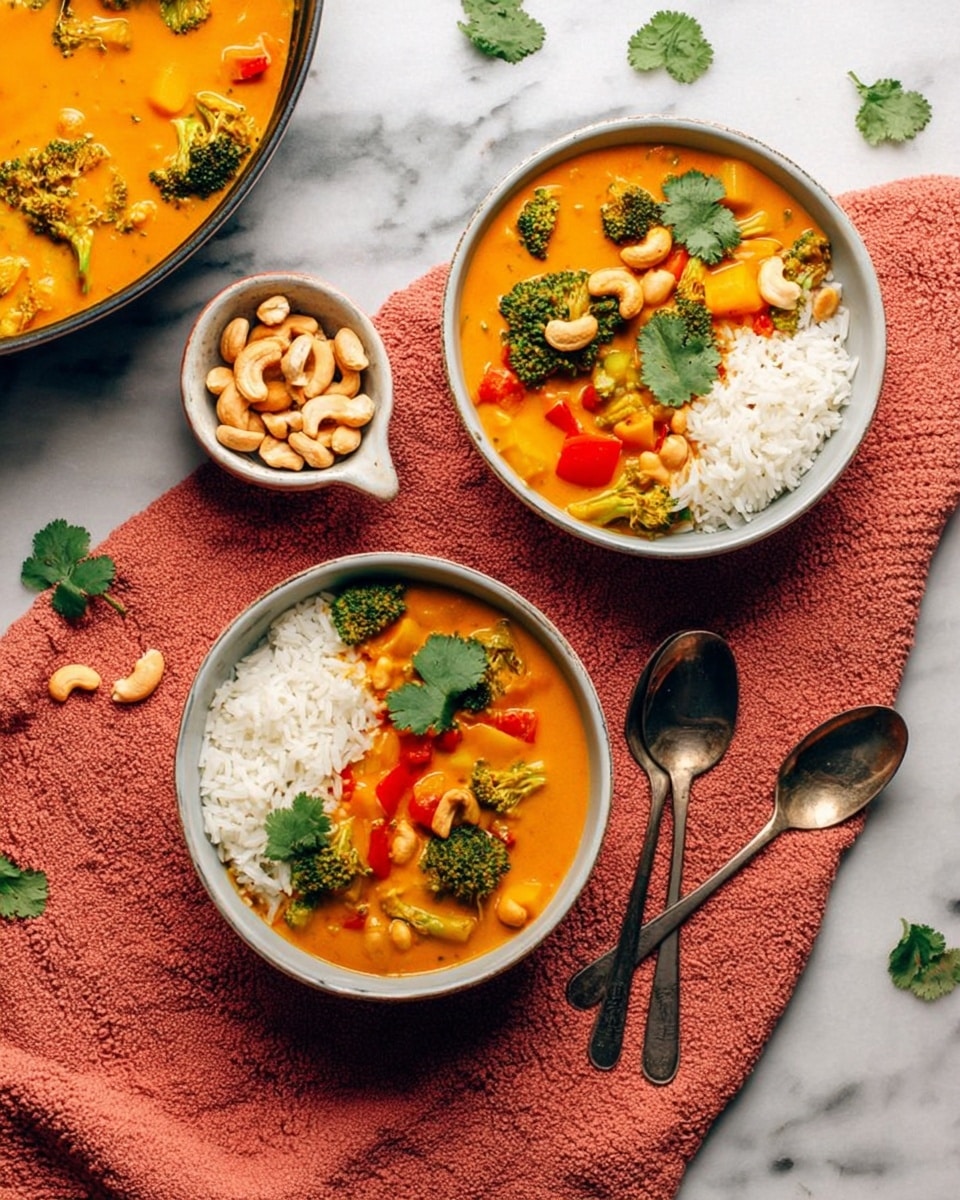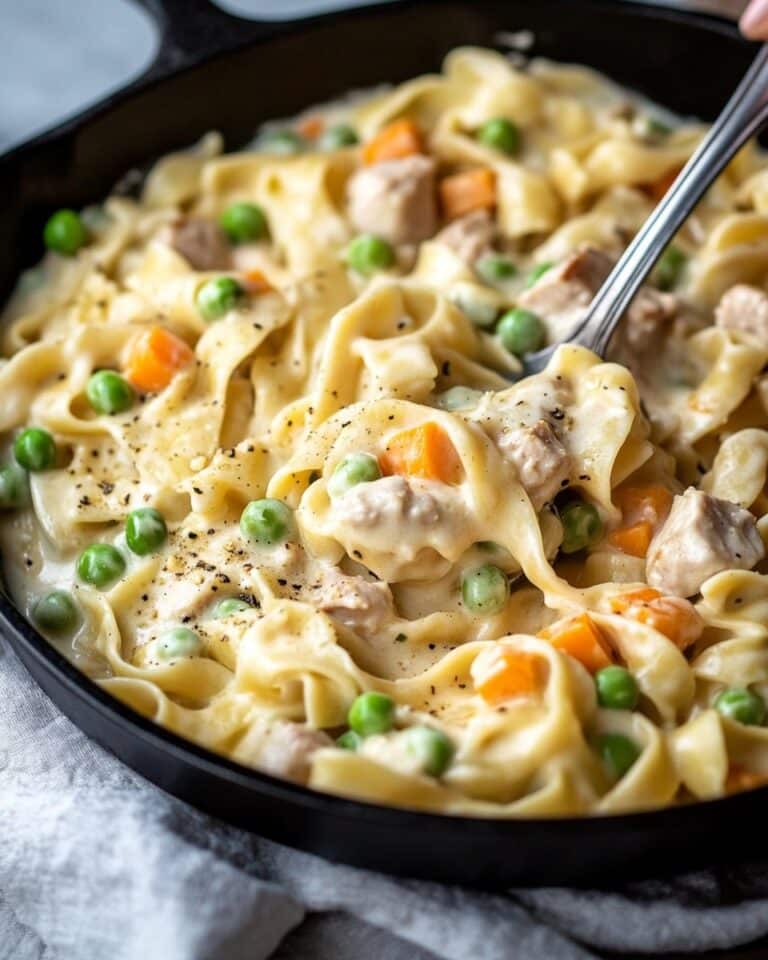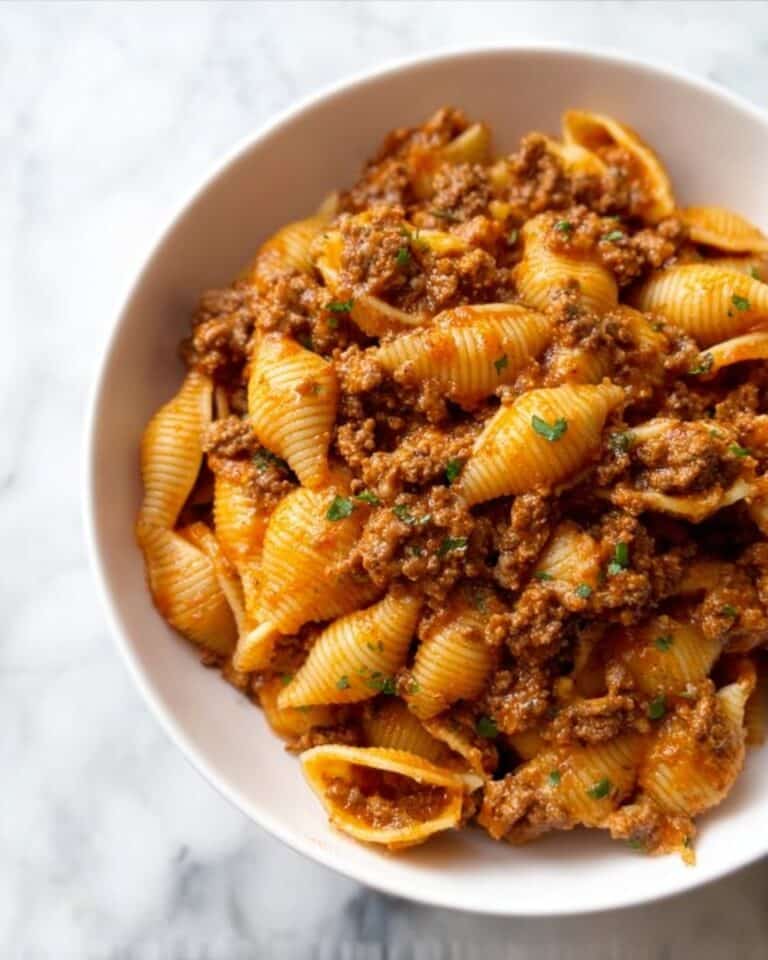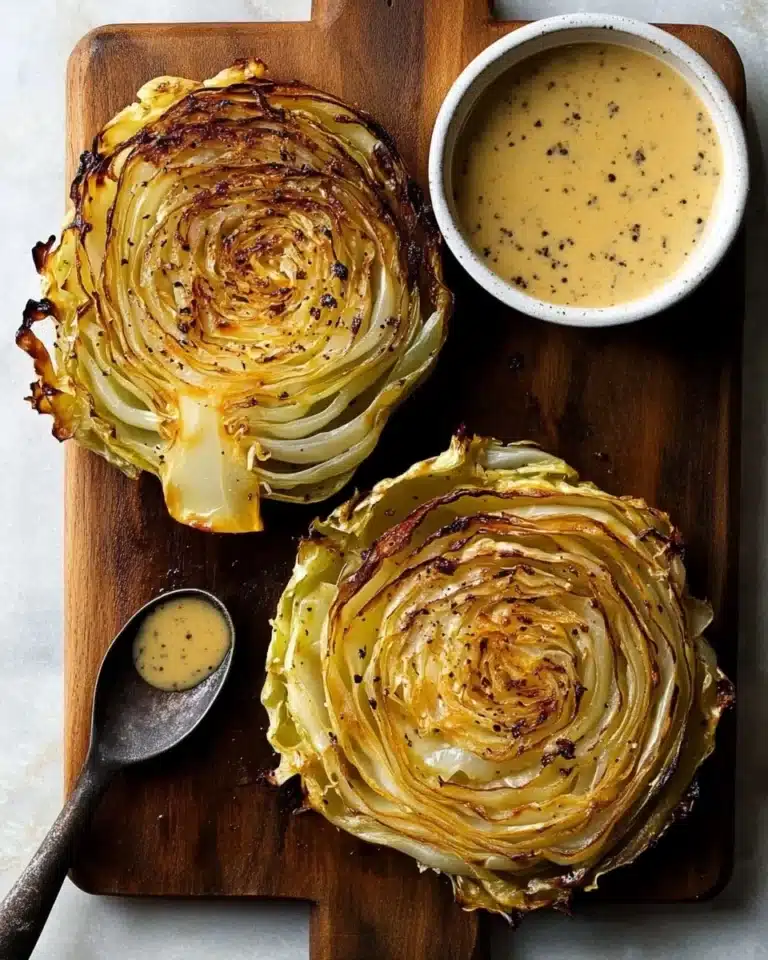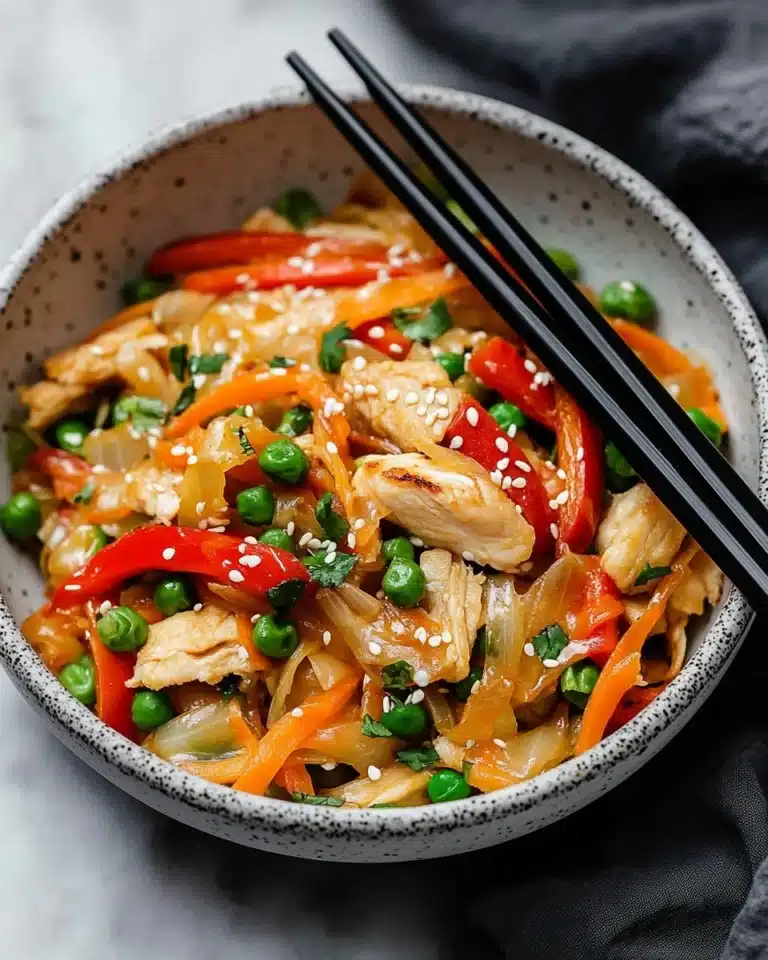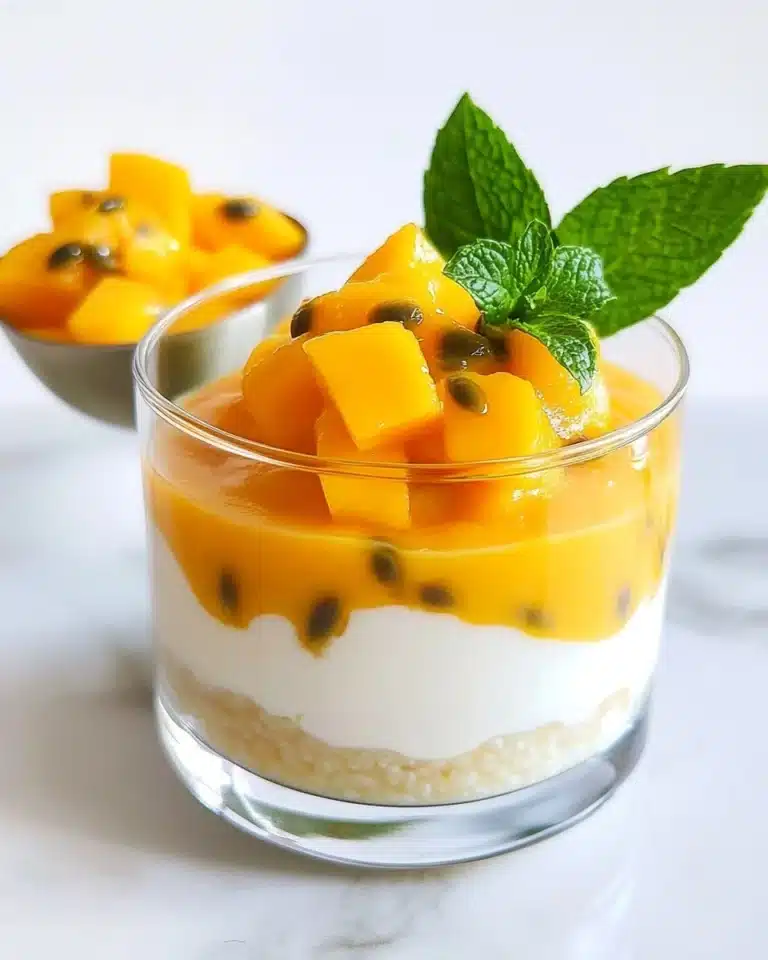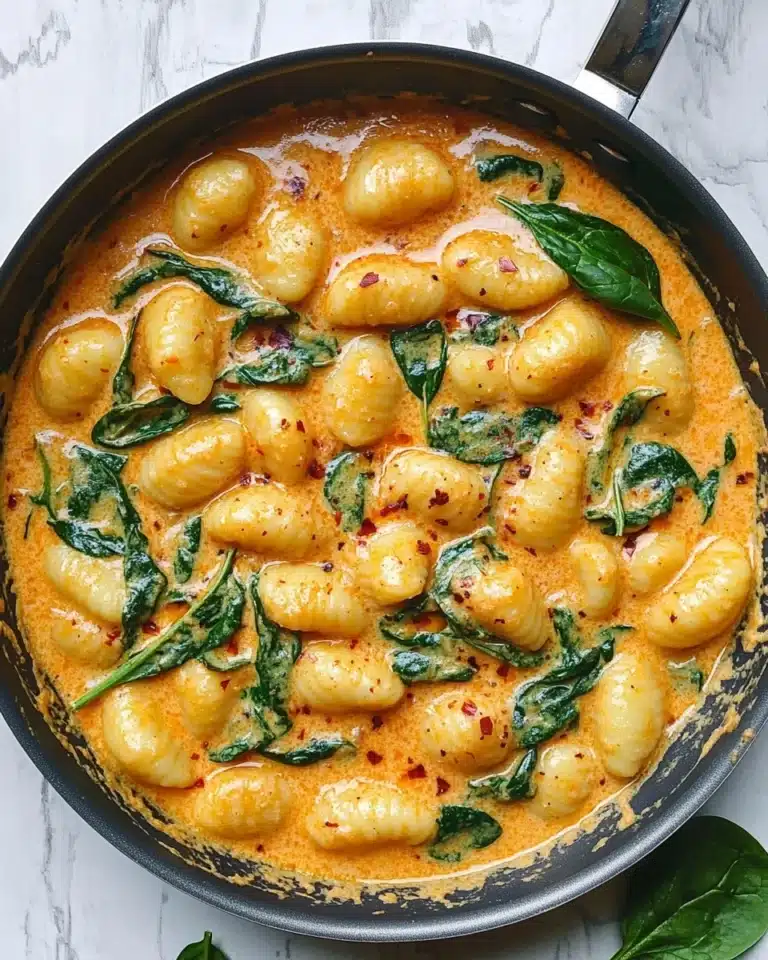If you’re craving a cozy, wholesome dinner that’s bursting with flavor but doesn’t require a ton of cleanup, then you’re in for a treat with my 1-Pot Pumpkin Yellow Curry Recipe. This dish has quickly become one of my favorites because it’s creamy, vibrant, and packed with earthy spices and fresh veggies all simmered together in one pot. Trust me, once you try this, you’ll find yourself making it over and over, especially when pumpkin season rolls around!
Why You’ll Love This Recipe
- One-Pot Wonder: Everything cooks in a single pot, meaning less mess but all the flavor.
- Rich & Creamy Texture: The pumpkin and coconut milk create a smooth, luscious curry that feels indulgent yet healthy.
- Customizable Flavor: You can tweak the spice, sweetness, and veggies to match your cravings every time.
- Perfect For Any Season: Though pumpkin shines in the fall, this curry is equally comforting year-round.
Ingredients You’ll Need
The ingredients here pull double duty. You’ll notice fresh aromatics like ginger, garlic, and shallots that bring brightness, while pumpkin offers that irresistible sweetness and texture. Don’t skip the coconut milk—it’s the secret to that silky curry sauce that wraps around every bite.
- Coconut oil: I love using coconut oil for its subtle tropical flavor, but avocado or grape seed oil work great too.
- Shallot: Minced shallots add a mild, slightly sweet onion note that cooks down nicely without overpowering.
- Fresh ginger: Fresh is best here for that warm, zesty kick—don’t substitute with powder if you can help it.
- Garlic: Always use fresh minced garlic for max flavor infusion.
- Red chili or serrano pepper: Removes seeds for mild heat, but leave some seeds in if you like it spicier.
- Red bell pepper: Adds subtle sweetness and a beautiful contrast in color.
- Yellow Thai curry paste: This is the heart of the dish. If unavailable, red curry paste is a close substitute.
- Pumpkin or butternut squash: Peeled and cubed; pumpkin tends to be slightly sweeter and more earthy.
- Light coconut milk: Use canned light coconut milk for creaminess without extra heaviness.
- Maple syrup or coconut sugar: Sweetens the curry naturally—stevia works in a pinch but adjust to taste.
- Ground turmeric: Brings vibrant color plus a gentle earthiness to complement the curry paste.
- Sea salt: Just a pinch to balance flavors—you can always add more as you go.
- Coconut aminos: Adds a mild umami flavor and a touch of saltiness; tamari or soy sauce work if you don’t need gluten-free.
- Broccoli: Added near the end to keep it crisp and green—feel free to swap with your favorite veggie.
- Lemon juice: Fresh lemon juice brightens the richness and brings an extra pop of flavor.
- Roasted cashews: For texture and a buttery crunch—lightly salted or plain, your choice.
- Fresh basil or cilantro: Essential fresh herbs to garnish and enhance the curry.
- Brown rice, coconut quinoa, or cauliflower rice: Great options to serve this curry over depending on your mood or diet.
Variations
One of the best parts about this 1-Pot Pumpkin Yellow Curry Recipe is how easy it is to make your own. I often switch up the veggies or spice level depending on what’s in my fridge or my mood. Don’t be afraid to experiment—you’ll find your own perfect version in no time.
- Spicy Kick: When I first tried adding extra chili or a dash of cayenne, it took the curry to a whole new level that my spice-loving friends adored.
- Veggie Substitutions: Swapping broccoli for snap peas, green beans, or even kale adds freshness and seasonal variety.
- Protein Boost: Adding chickpeas or tofu cubes makes this curry extra hearty and satisfying.
- Sweetener Swap: I sometimes play with coconut sugar versus maple syrup to see which sweetness tone I prefer that day.
How to Make 1-Pot Pumpkin Yellow Curry Recipe
Step 1: Sauté the aromatics for a flavorful base
Heat your large pot over medium heat and add the coconut oil once it’s hot. Toss in the minced shallots, fresh ginger, garlic, and sliced chili pepper, then sauté for 2-3 minutes. This simple step is critical because it builds the foundation of flavor—take your time to let everything soften and become fragrant without burning. Stir frequently and watch how the kitchen fills with those incredible ginger-garlic aromas.
Step 2: Add bell pepper, curry paste, and pumpkin for depth
Next, stir in the thinly sliced red bell pepper and your yellow Thai curry paste, cooking for another two minutes to let the spices bloom. Then toss in the cubed pumpkin or butternut squash and cook for an additional two minutes. This layering technique ensures the veggies soak up that rich curry flavor as they begin to soften.
Step 3: Pour in coconut milk and seasoning
Now, add the canned light coconut milk, maple syrup (or coconut sugar), turmeric, sea salt, and coconut aminos. Give everything a good stir and bring it to a gentle simmer over medium heat. Lower the heat to medium-low, cover the pot, and let it cook for about 10-15 minutes, stirring occasionally. You’ll want to see the pumpkin tender but not mushy—if it’s still firm, pop the lid back on and give it another few minutes.
Step 4: Taste and adjust seasoning
This is one of the most important parts: taste your curry! I like to add extra maple syrup if it needs more sweetness, more sea salt for balance, or a touch more curry paste for a punch of spice. Don’t be shy here—curry loves bold flavors, so tune it until it’s just right for you.
Step 5: Finish with broccoli, lemon, and cashews
Add the chopped broccoli, lemon juice, and roasted cashews into the pot, then cover and simmer for another 3-4 minutes. The broccoli should stay crisp and crunchy while soaking up the savory curry sauce. The lemon juice instantly brightens the whole dish, cutting through the richness and making the flavors pop.
Step 6: Optional blending for creamy curry
If you want to take things up a notch, scoop out half the broth and half the pumpkin (leave the broccoli out) and blend until silky smooth. Pour it back into the pot and heat through. This step makes the curry luxuriously creamy and thick without needing extra cream or thickeners.
Step 7: Serve and enjoy!
Serve this vibrant curry over brown rice, coconut quinoa, or cauliflower rice. Don’t forget to sprinkle fresh basil or cilantro and an extra splash of lemon juice on top for freshness and a beautiful finish. You’ll love how the colors and layers of flavor come together in every bite.
Pro Tips for Making 1-Pot Pumpkin Yellow Curry Recipe
- Use Fresh Ingredients: Fresh ginger and garlic really make a difference in the curry’s brightness and depth—don’t substitute with powders unless absolutely necessary.
- Don’t Rush the Simmer: Slow and gentle simmering helps develop those rich flavors and tenderizes the pumpkin without turning it mushy.
- Adjust Seasonings Boldly: I learned that curries need confident seasoning—taste and tweak the sweetness, salt, and spice multiple times as it cooks.
- Add Lemon Last: Adding lemon juice right at the end keeps the flavor fresh—it’s easy to overdo if added too early.
How to Serve 1-Pot Pumpkin Yellow Curry Recipe
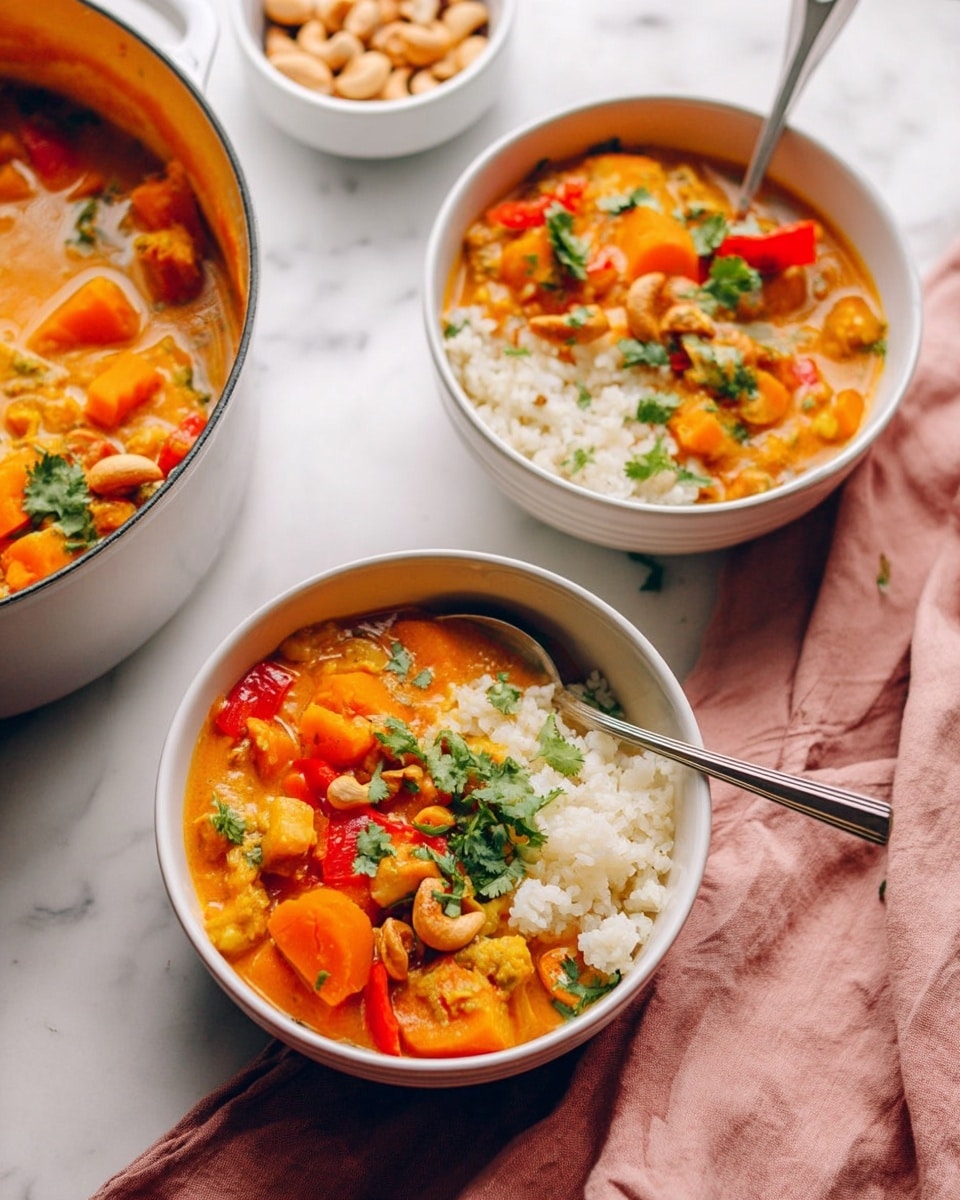
Garnishes
I always top this curry with a handful of fresh cilantro or Thai basil leaves—these fresh herbs add a bright burst of flavor and a lovely aroma. Sometimes, I sprinkle extra roasted cashews on top for crunch and an extra nutty touch. Don’t skip the final squeeze of lemon juice—it really lifts the dish.
Side Dishes
I like pairing this curry with brown rice for a hearty meal or coconut quinoa for something a bit lighter but still texturally interesting. If I’m keeping it low-carb, cauliflower rice is perfect—soaking up the curry but letting the pumpkin and veggies shine. A side of simple cucumber salad with a light vinaigrette also complements it beautifully.
Creative Ways to Present
For special occasions, I’ve served this curry in warm coconut shells or mini pumpkins to double down on the presentation. I also love layering it in colorful bowls with artfully placed fresh herbs and a drizzle of coconut cream on top—it makes for stunning photos and a delightful experience.
Make Ahead and Storage
Storing Leftovers
Leftovers of this curry keep beautifully in the fridge for 3 to 4 days. I store them in an airtight container, and when I reheat, I usually add a splash of water or coconut milk to loosen the curry up since it tends to thicken as it chills.
Freezing
I’ve frozen this curry a couple of times with great success. Just portion it into freezer-safe containers, and it will keep for up to a month. When thawing, I recommend slowly warming it on the stove versus the microwave to preserve the texture of the pumpkin and broccoli.
Reheating
I gently reheat this curry on the stovetop over low heat, stirring occasionally and adding a touch of liquid if needed. This method helps everything warm evenly and keeps the pumpkin tender while maintaining that luscious curry sauce.
FAQs
-
Can I use other types of squash instead of pumpkin?
Absolutely! Butternut squash, kabocha squash, or even sweet potatoes work beautifully in this 1-Pot Pumpkin Yellow Curry Recipe. Just keep them cut into uniform cubes so they cook evenly.
-
What if I don’t have Thai yellow curry paste?
You can substitute with red curry paste, which will give a slightly different flavor but still delicious results. Alternatively, a mild curry powder blend can work in a pinch, but you might want to add extra garlic, ginger, and chili to boost flavor.
-
Is this recipe vegan and gluten-free?
Yes! The 1-Pot Pumpkin Yellow Curry Recipe is naturally vegan and gluten-free as long as you choose gluten-free curry paste and tamari or substitute soy sauce accordingly.
-
Can I make this recipe oil-free?
Definitely. You can skip the coconut oil and start by sautéing the aromatics with a little water or vegetable broth instead. It won’t sacrifice much flavor, and the curry will still be satisfying.
-
How spicy is this curry?
The spice level is mild to medium since only one small chili is used without seeds. Feel free to add more chili or keep it out altogether depending on your preference.
Final Thoughts
I absolutely love how this 1-Pot Pumpkin Yellow Curry Recipe brings together warming spices, creamy coconut, and sweet pumpkin into a single, comforting meal. It’s one of those dishes that feels like a warm hug, perfect for chilly evenings but simple enough to whip up any time you want something nourishing and flavorful. I hope you give it a try and let it become a staple in your kitchen like it did in mine—it’s a recipe I’m genuinely proud to share with friends and family!
Print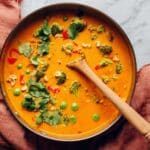
1-Pot Pumpkin Yellow Curry Recipe
- Prep Time: 15 minutes
- Cook Time: 30 minutes
- Total Time: 45 minutes
- Yield: 4 servings
- Category: Main Dish
- Method: Stovetop
- Cuisine: Thai
- Diet: Gluten Free
Description
A vibrant, flavorful 1-pot pumpkin yellow curry made with fresh vegetables, creamy coconut milk, and aromatic Thai spices. This easy, plant-based, gluten-free dish combines tender pumpkin, bell peppers, and broccoli with a richly spiced yellow curry broth, finished with roasted cashews and fresh herbs. Perfect served over rice, quinoa, or cauliflower rice for a comforting, wholesome meal.
Ingredients
Base Ingredients
- 1 ½ Tbsp coconut oil (or avocado or grape seed oil; sub water if avoiding oil)
- 1 medium shallot, minced
- 2 Tbsp minced fresh ginger
- 2 Tbsp minced garlic
- 1 small red chili or serrano pepper, stem and seeds removed, thinly sliced
Vegetables
- 1 large red bell pepper, thinly sliced lengthwise
- 3 ½ cups peeled and cubed pumpkin or butternut squash
- 1 cup chopped broccoli
Liquids and Pastes
- 3 Tbsp yellow (or red) Thai curry paste
- 2 (14-ounce) cans light coconut milk
- 2 Tbsp maple syrup or coconut sugar (plus more to taste; or sub stevia to taste)
- 1 Tbsp coconut aminos (or sub tamari or soy sauce if not gluten-free)
- 2 Tbsp lemon juice
Spices and Seasonings
- 1 tsp ground turmeric
- 1 healthy pinch sea salt (approximately 1/4 tsp)
Additions and Garnishes
- 2/3 cup roasted cashews (lightly salted or unsalted are best)
- Fresh basil or cilantro, for garnish
- Lemon juice, for serving
Serving Suggestions
- Brown rice, coconut quinoa, or cauliflower rice
Instructions
- Sauté Aromatics: Heat a large pot over medium heat. Once hot, add coconut oil, minced shallot, ginger, garlic, and sliced chili pepper. Sauté for 2-3 minutes, stirring frequently to soften ingredients and release their aromas.
- Add Bell Pepper and Curry Paste: Stir in the thinly sliced red bell pepper and yellow curry paste. Cook for an additional 2 minutes to combine flavors and lightly soften the pepper.
- Add Pumpkin: Add peeled and cubed pumpkin or butternut squash to the pot and stir well. Cook for 2 more minutes to begin softening the pumpkin before adding liquids.
- Pour in Liquids and Seasonings: Add the light coconut milk, maple syrup or coconut sugar, turmeric, sea salt, and coconut aminos. Stir to combine all ingredients, then bring the mixture to a simmer over medium heat.
- Simmer Pumpkin Curry: Once simmering, reduce heat to low or medium-low to maintain a gentle simmer, not a boil. Cover the pot and cook for 10-15 minutes, stirring occasionally. This softens the pumpkin and allows the flavors to meld.
- Adjust Seasonings: Taste the curry and adjust seasoning as desired, adding more maple syrup for sweetness, sea salt for saltiness, or extra curry paste for a deeper curry flavor. Don’t hesitate to achieve a bold and balanced taste.
- Add Broccoli, Lemon Juice, and Cashews: Stir in the chopped broccoli, lemon juice, and roasted cashews. Cover again and simmer gently for 3-4 more minutes until the broccoli is tender but still crisp.
- Optional Blending for Creaminess: For a thicker, creamier curry, scoop out about half of the broth and half of the pumpkin (excluding the broccoli), then blend in a blender until smooth and creamy. Return this puree to the pot and warm for a few minutes before serving.
- Serve and Garnish: Serve the pumpkin curry as is or over cooked brown rice, coconut quinoa, or cauliflower rice. Garnish with fresh basil or cilantro and an extra squeeze of lemon juice to brighten the flavors.
- Storage: This curry is best enjoyed fresh but can be refrigerated in an airtight container for 3-4 days or frozen for up to 1 month. Reheat gently on the stovetop or in the microwave until hot.
Notes
- Easy 1-pot pumpkin curry recipe with yellow curry paste and coconut milk, featuring fresh vegetables and a balance of sweet, savory, and tangy flavors.
- Plant-based and gluten-free, suitable for a variety of dietary preferences.
- Adjust chili pepper amount to control the heat level.
- Optional blending step enhances creaminess but is not required.
- Substitute pumpkin with butternut squash or other firm winter squash as desired.
- Use coconut aminos to keep it gluten-free; tamari or regular soy sauce works if gluten is not a concern.
- Serve with your choice of rice, quinoa, or cauliflower rice for a satisfying meal.
Nutrition
- Serving Size: 1 serving
- Calories: 423 kcal
- Sugar: 13.7 g
- Sodium: 459 mg
- Fat: 29.1 g
- Saturated Fat: 13.5 g
- Unsaturated Fat: 15.6 g
- Trans Fat: 0 g
- Carbohydrates: 39.9 g
- Fiber: 7 g
- Protein: 9.1 g
- Cholesterol: 0 mg

